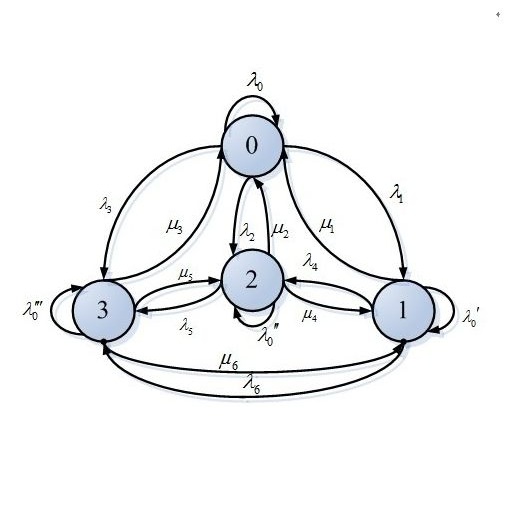Local interactions of uncoordinated individuals produce the collective behaviors of many biological systems, inspiring much of the current research in programmable matter. A striking example is the spontaneous assembly of fire ants into "bridges" comprising their own bodies to traverse obstacles and reach sources of food. Experiments and simulations suggest that, remarkably, these ants always form one bridge -- instead of multiple, competing bridges -- despite a lack of central coordination. We argue that the reliable formation of a single bridge does not require sophistication on behalf of the individuals by provably reproducing this behavior in a self-organizing particle system. We show that the formation of a single bridge by the particles is a statistical inevitability of their preferences to move in a particular direction, such as toward a food source, and their preference for more neighbors. Two parameters, $\eta$ and $\beta$, reflect the strengths of these preferences and determine the Gibbs stationary measure of the corresponding particle system's Markov chain dynamics. We show that a single bridge almost certainly forms when $\eta$ and $\beta$ are sufficiently large. Our proof introduces an auxiliary Markov chain, called an "occupancy chain", that captures only the significant, global changes to the system. Through the occupancy chain, we abstract away information about the motion of individual particles, but we gain a more direct means of analyzing their collective behavior. Such abstractions provide a promising new direction for understanding many other systems of programmable matter.
翻译:暂无翻译




